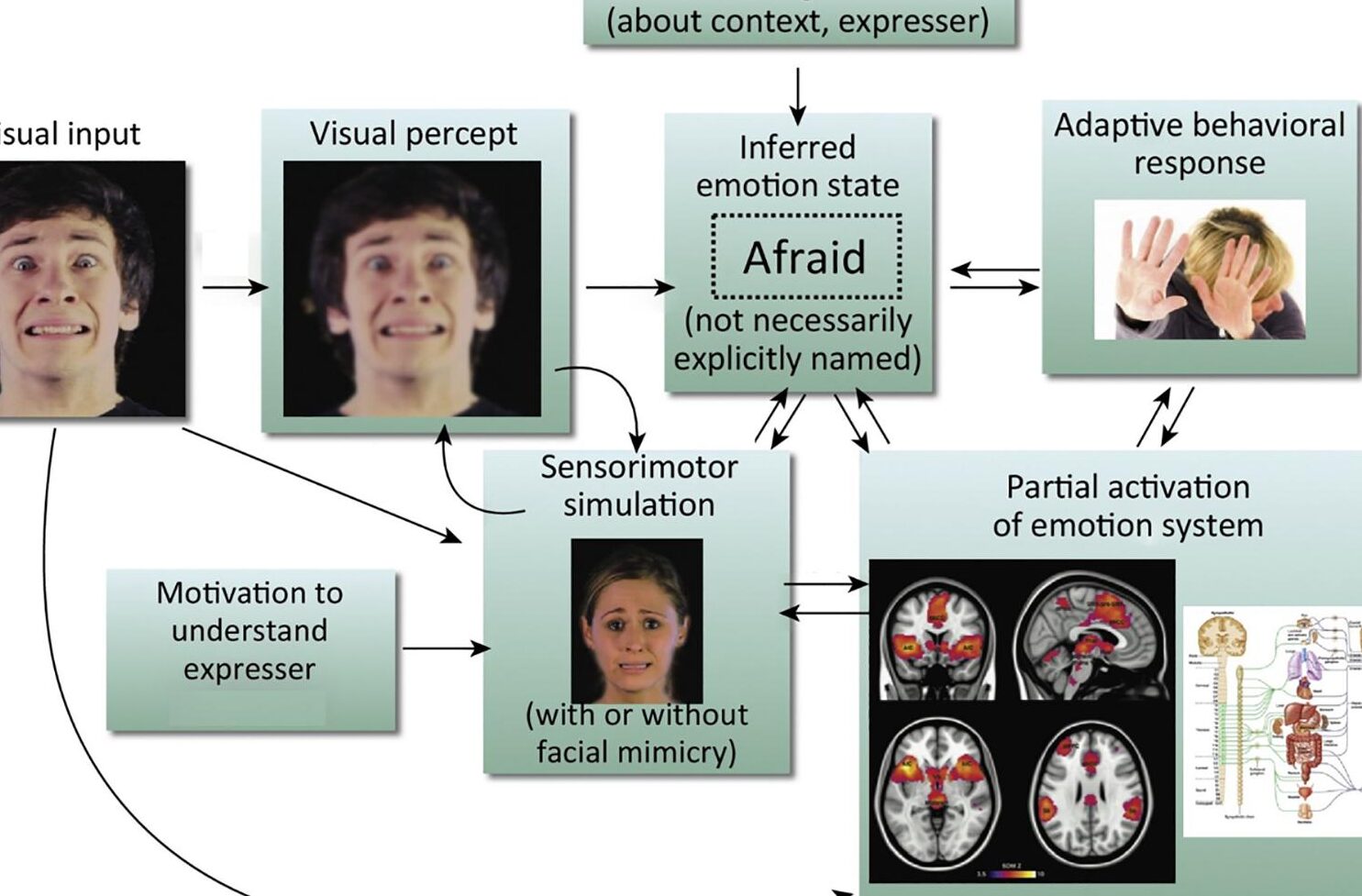Beautiful Plants For Your Interior

Exploring the Neurocognitive Models of Psychophysiological Insomnia
Understanding Psychophysiological Insomnia
Psychophysiological insomnia (PPI) is a condition characterized by difficulty in initiating or maintaining sleep, which is often exacerbated by anxiety and hyperarousal. Unlike other forms of insomnia, PPI is primarily driven by psychological factors rather than physiological issues. According to the American Academy of Sleep Medicine, approximately 10-15% of adults experience chronic insomnia, with a significant portion attributed to psychophysiological factors.
Key Characteristics of Psychophysiological Insomnia
| Characteristic | Description |
|---|---|
| Sleep Onset Latency | Prolonged time taken to fall asleep, often due to racing thoughts. |
| Sleep Maintenance Issues | Frequent awakenings during the night, leading to fragmented sleep. |
| Daytime Dysfunction | Fatigue, irritability, and cognitive impairments during the day. |
Neurocognitive Models of Insomnia
Neurocognitive models of insomnia focus on the interplay between cognitive processes and neurobiological mechanisms that contribute to sleep disturbances. These models suggest that cognitive hyperarousal, maladaptive beliefs about sleep, and emotional dysregulation play significant roles in the development and maintenance of insomnia.
Cognitive Hyperarousal
| Aspect | Impact on Sleep |
|---|---|
| Ruminative Thoughts | Increased anxiety and difficulty in relaxing before sleep. |
| Sleep-Related Worry | Fear of not sleeping leads to a self-fulfilling prophecy. |
| Attention Bias | Heightened focus on sleep-related stimuli, worsening insomnia. |
Maladaptive Beliefs About Sleep
| Belief | Effect |
|---|---|
| “I need 8 hours of sleep to function.” | Creates pressure to sleep, leading to anxiety. |
| “If I don’t sleep well, my day will be ruined.” | Increases stress and worry about sleep quality. |
| “Napping is a sign of weakness.” | Leads to avoidance of necessary rest, exacerbating fatigue. |
Neurobiological Mechanisms
The neurobiological underpinnings of psychophysiological insomnia involve various neurotransmitters and brain regions that regulate sleep and wakefulness. Dysregulation of these systems can lead to the symptoms associated with PPI.
Key Neurotransmitters Involved
| Neurotransmitter | Role in Sleep |
|---|---|
| GABA | Inhibitory neurotransmitter that promotes sleep onset. |
| Serotonin | Regulates mood and sleep cycles; low levels can lead to insomnia. |
| Cortisol | Stress hormone that can disrupt sleep patterns when elevated. |
Treatment Approaches
Effective treatment for psychophysiological insomnia often involves a combination of cognitive-behavioral therapy (CBT), pharmacological interventions, and lifestyle modifications. CBT for insomnia (CBT-I) has been shown to be particularly effective in addressing the cognitive and behavioral aspects of insomnia.
Cognitive-Behavioral Therapy for Insomnia (CBT-I)
| CBT-I Component | Purpose |
|---|---|
| Sleep Restriction | Limits time in bed to increase sleep efficiency. |
| Cognitive Restructuring | Addresses maladaptive beliefs about sleep. |
| Relaxation Techniques | Reduces cognitive hyperarousal and promotes relaxation. |
Conclusion
Exploring the neurocognitive models of psychophysiological insomnia reveals the complex interplay between cognitive processes, neurobiological mechanisms, and behavioral patterns that contribute to sleep disturbances. Understanding these factors is crucial for developing effective treatment strategies. As research continues to evolve, integrating cognitive-behavioral approaches with neurobiological insights will enhance our ability to address insomnia and improve the quality of life for those

